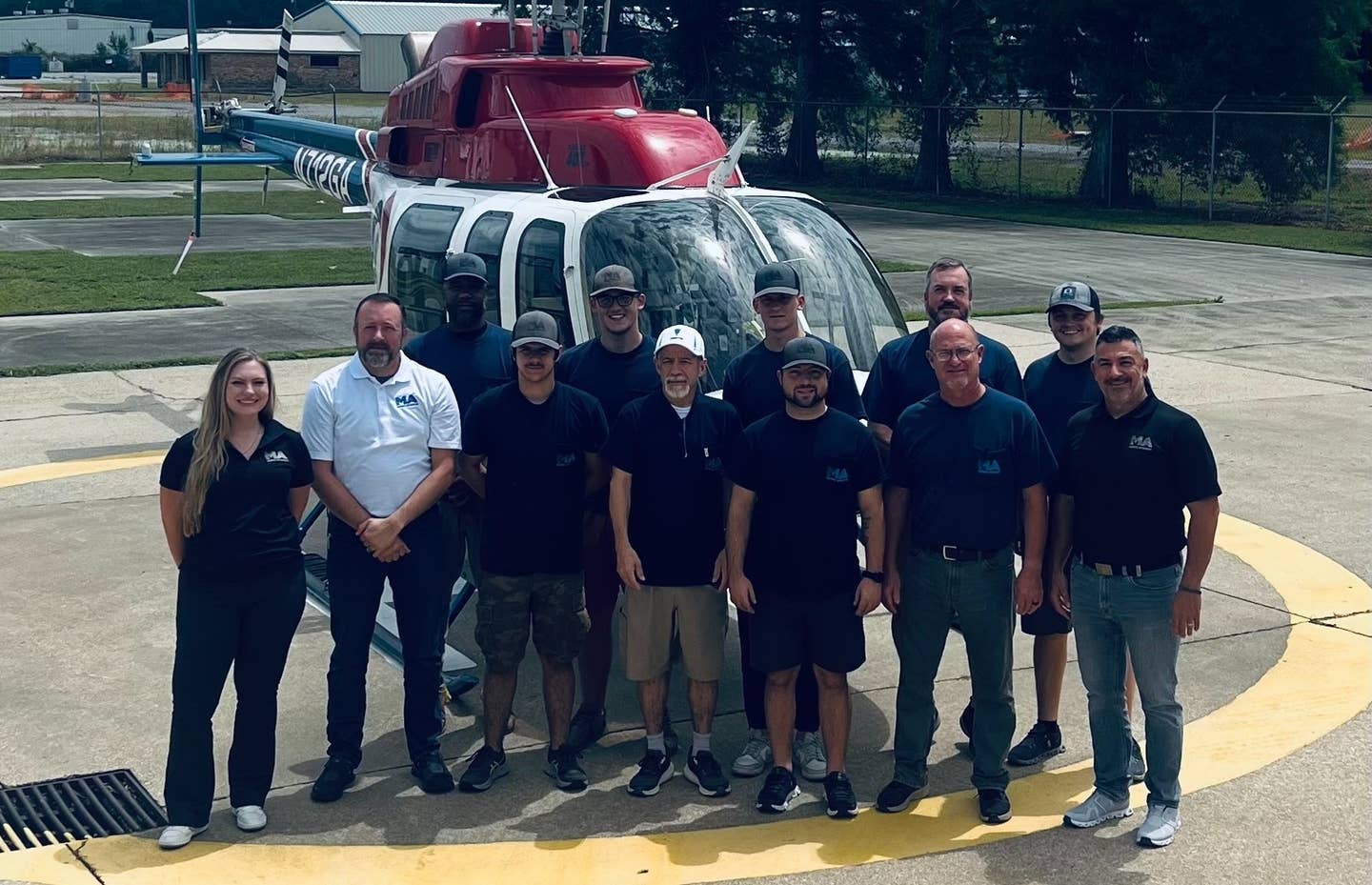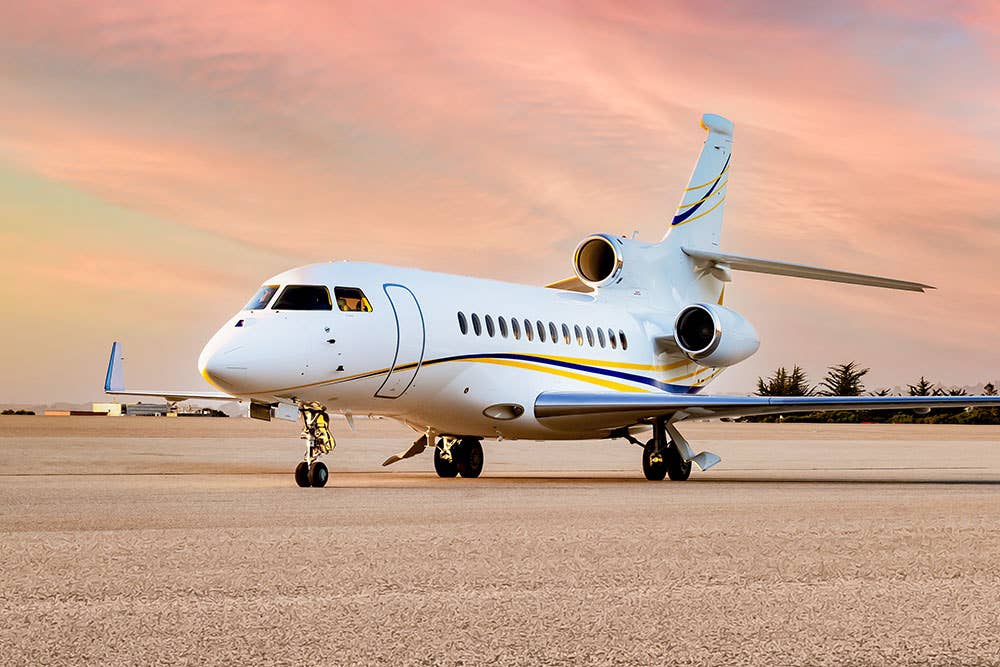
There is nothing quite like the beauty of a perfectly swirled low pressure system — this one over Iceland — as seen from space. Satellites are key to our ability to create accurate forecasts so that the people of Iceland can prepare for the violent winds and weather that accompany such perfectly formed low pressure systems. Public Domain
Here are the facts: Pilots rely on meteorologists, the people who observe, report and forecast the weather. That's what the aviation meteorologists who staff the National Weather Service (NWS), The Weather Company, NOAA and, yes, even NASA are in the business of providing you. Where do they get the skills and information that make predicting the weather more precise than predicting a horse race?
Schooling, my friend. Lots of STEM (science, technology, engineering and math). Meteorologists are minted at universities and colleges that produce professional pilots. Embry-Riddle Aeronautical University (ERAU) and University of North Dakota (UND) are just two of many that offer both undergraduate and advanced degrees in atmospheric sciences and meteorology with specializations in operational meteorology, aviation/space weather and climate research. Schools encourage pilots to double major or at least minor in meteorology because there is no question that weather shapes aviation and space activities on a daily basis.
And it’s a growing career on its own. For every meteorologist you see, there are hundreds in the background gathering the information and crunching it, according to Dr. Piers Sellers, deputy director of the Sciences and Exploration Directorate at NASA’s Goddard Space Flight Center. Sellers, a pilot and meteorologist, became an astronaut too.
“The best way to look at climate on a planetary scale is to get off the planet,” Sellers explains. “The polar orbiters give us global atmospheric temperature and humidity profiles that are essential for initializing the weather-prediction models. Without those data, you do not get a good forecast. Orbit is definitely the cheapest, easiest and most scientific way to do this,” he says. “The U.S. spends about $2 billion a year on meteorological research, but it is worthwhile because of the huge savings and cost avoidance that we get out of it.”
Sellers oversees roughly 200 meteorologists, and there are hundreds at other space centers. “The future is bright,” he says. “There is more to do in straightforward meteorology, and there is definitely a lot to do in climate research.”
UND Professor Fred Remer sees 60 to 70 percent of meteorology graduates go on to positions at the NWS, NOAA or other government jobs. Some 15 percent head into broadcast weather. Others head for the private sector as operational meteorologists.
Elizabeth Krajewski is one of those people. A product manager who supports aviation forecasts and data services at The Weather Company, Krajewski works closely with airline customers, as well as industry and government. She also works with developers to enhance forecaster tool sets to improve forecast accuracy and efficiency. Her oversight includes the Total Turbulence Solution, which helps airlines equip aircraft with proprietary technology for automated turbulence reporting and alerting.
“Commercial weather forecasting is growing,” Krajewski says. “As big data becomes easier to process and forecasts become more accurate, weather products and services provide real business insight and improve decision making.” That means airlines run closer to schedule, fuel is saved and, occasionally with prompt warnings, so are lives.
Salaries range from $51,000 to more than six figures, according to payscale.com and bls.gov. Ready to learn more? Get more information at erau.edu, und.edu, uaa.aero and ametsoc.org (don’t miss the great scholarship information there).

Subscribe to Our Newsletter
Get the latest FLYING stories delivered directly to your inbox






